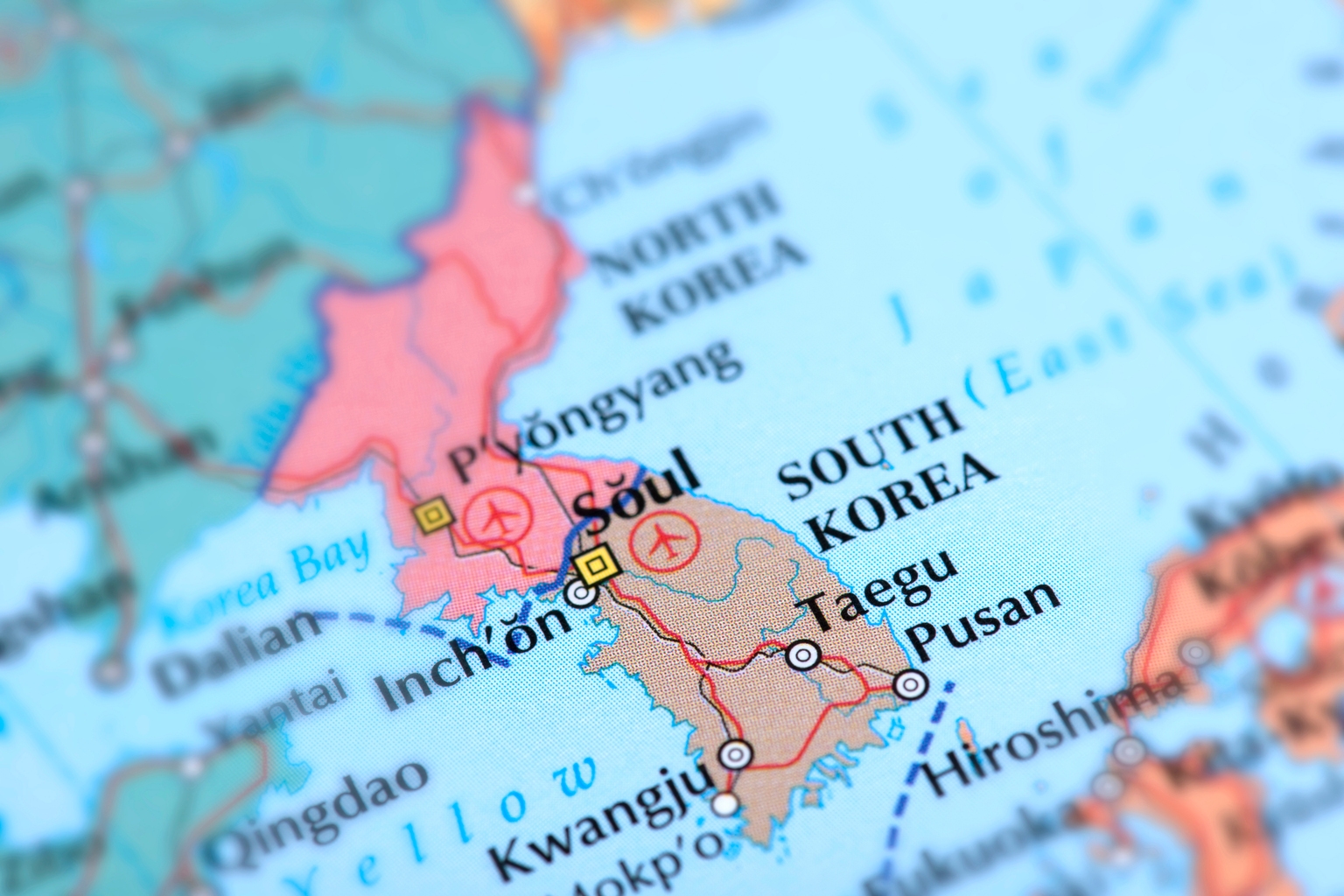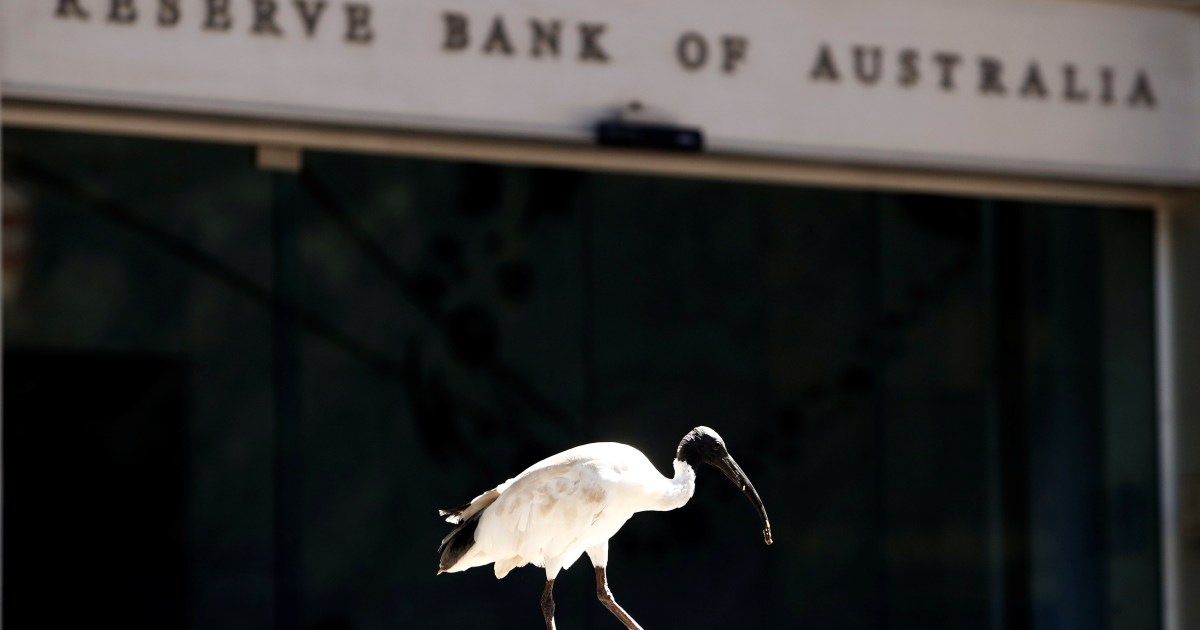alvarez
Investment Thesis
Greif (NYSE:GEF) mainly focuses on offering industrial packaging products and services globally. The company has recently reported its quarterly and FY2023 results and experienced a downturn in its performance as a result of declining industry demand. I believe the industry dynamics can be constant for the next quarters and might affect the company’s profitability.
About GEF
GEF provides industrial packaging products and services. It operates in more than 35 countries. It provides a complete line of rigid industrial packaging products such as fiber and plastic drums, steel, transit protection products, closure systems for industrial packaging products, water bottles and remanufactured and reconditioned industrial containers, and rigid intermediate bulk containers. The company comprises six operating segments, further grouped into three reportable segments: Global Industrial Packaging (GIP), Paper Packaging & Services, and Land Management. The GIP segment sells industrial packaging products to its customers in various industries. This segment represents 56.27% of the company’s total revenues. The Paper Packaging & Services segment produces and markets containerboard, corrugated containers, corrugated sheets, and other products to its customers in North American industries including automotive, packaging, food, and building products. It also manufactures coated and uncoated recycled paperboard, some of which are utilized to make and sell industrial products. This segment contributes 43.31% to the company’s total revenues. The Land Management segment focuses on active harvesting and regenerating of its U.S timber properties to benefit from sustainable long-term yields. This segment earns 0.30% of the company’s total annual revenues.
Financials
The industrial packaging industry is extremely complex. Its growth highly relies on multiple factors such as the price of raw materials, supply chains, demand dynamics, and regulatory environment. The pandemic negatively impacted the company’s operations, leading to demand fluctuations. In addition, the geopolitical conflicts between Russia and Ukraine caused disruptions in its operations. The inflation added more to its challenges and increased GEF’s production cost. Despite these tough times, the company reported decent revenue growth in FY2021 and FY2022. However, recently, it has been reflected in the company’s financials that it is facing a significant downturn due to lower industry demand. GEF reported global volumes to be down by 14% for large plastics. The company also experienced a 19% decline in fiber drums. To expand its operations, the company has also acquired IPACKCHEM which deals in premium barrier and non-barrier jerrycans and small plastic containers. This acquisition might help the company to grow in EMEA and APAC and increase its market presence. However, the negative factors are overpowering the growth activities to some extent. The company uses raw materials such as resin, containerboard, steel, and industrial packaging for reconditioning. The PPS segment uses pulpwood, recycled coated and uncoated paperboard, and obsolete corrugated containers for manufacturing purposes. The firm anticipates that costs of these materials can elevate in coming times due to inflation which can impact its profitability by increasing its production cost. The rising inflation has led the economy to rising interest rates. GEF operates in a capital-intensive industry that requires high capex levels to achieve growth through acquisitions. The company has increased its debt compared to previous years. The proportion of long-term debt to total assets in FY2023 was 35.6% which is the rise of 200 basis points from 33.62% in FY2022. This increasing debt levels during high-interest rates scenarios will result in high borrowing or interest costs for the company posing a threat of contraction in the EPS. As per my analysis, the constantly declining demand combined with other challenges such as increasing debt amid high interest rates, and material price-cost headwinds can reduce the company’s profit margins in the coming quarters and lead to a potential downside.
The company has reported its quarterly results. It reported net sales of $1.30 billion, down 12.52% compared to $1.49 billion in Q4FY22. This downturn was mainly fueled by macroeconomic headwinds. Net income declined by 31.85% YoY from $99.50 million to $67.80 million. It reported a diluted EPS of $1.16. The GIP, Paper Packaging and Services, and Land Management segment revenues were $721.00 million, $581.60 million, and $5.8 million, respectively. The company’s adjusted EBITDA stood at $199.20 million.
It has also recently reported its FY2023 results. It has reported net sales of $5.21 billion, which is a 17.81% YoY decrease compared to $6.34 billion in the prior year. It was mainly affected due to softer demand and low selling prices. Net income declined by 4.64% YoY from $376.10 million to $359.20 million. It reported a diluted EPS of $6.30. The company ended its quarter and year with $180.90 million in liquidity.
The Global Industrial Packaging segment revenues were squeezed by 19.59% from $3.65 billion to $2.93 billion mainly due to lower sales volume. Similarly, the net sales of Paper Packaging and Services stood at $2.26 billion, which is a 15.49% decrease compared to $2.67 billion. This decline resulted from lower published boxboard and containerboard prices. The company’s adjusted EBITDA stood at $818.80 million.
GEF has long-term debt of $2.12 billion which is 15.34% YoY growth compared to $1.84 billion in FY2022. The surged long-term debt has significantly increased the interest expense of the company. The interest expense has increased by 57.4% YoY (From $61.2 million to $96.2 million) in FY2023. This increased interest expense has significantly decreased the net profit margins of the company.
The company has experienced a downturn amid the declining demand scenarios. In addition to the lower volumes, it also has multiple negative factors such as rising long-term debt in the environment of high interest rates, and rising inflationary cost pressure which can increase its cost in the future and contract its profit margins. Therefore, I believe the company can experience a few negative quarters in the coming period which can limit the company’s growth. Even the management has expressed the same view and presented low-end guidance for FY2024. It expects that adjusted EBITDA can decline to $585 million and adjusted free cash flows can be $200 million, compared to $481.20 million in FY2023. This mainly suggests that the company is assuming demand to be the same as now. I think that the estimates are slightly conservative as they do not consider the impacts of acquisition, however, considering the recent prospects such as rising inflation and interest rates, it is challenging for the company to surpass the current levels and it might not witness significant growth.
Dividend Yield
The company has a consistent dividend payout. It distributed four quarterly dividends in FY2022, totaling an annual dividend of $1.92 per share and representing a dividend yield of 3.04% compared to the current share price. It distributed a $0.50 dividend in each of the two quarters of last year (FY2023) and increased the payment to $0.52 in Q3 and Q4 which makes an annual dividend of $2.04 and represents a yield of 3.07% compared to the current share price of $66.37. The company’s class B shareholders have received $0.75 in each of the first two quarters (Q1FY23 and Q2FY23) and $0.78 & $0.77 in Q3 & Q4, respectively which makes annual dividend payments of class B shares $3.05 or 4.48% compared to the present share price of $68.07 (share price of Class B shares). I think past payout growth is impressive however, it could be limited in coming quarters as it expects weak demand for next year, which I think might impact its cash flows in the future. The rising interest rates can increase the company’s interest payments which can hinder dividend payment as rising interest rates can reduce the profitability of the company.
What are the Main Risks Faced by GEF?
Prices of Raw Material:
The primary raw material used to manufacture the company’s products includes resin, steel, recycled pulp from OCC, pulpwood, containerboard, recycled coated and uncoated boxboard, and used industrial packaging for reconditioning. The company purchases these materials in a highly price-sensitive market. These components also face risk of demand and price cyclicity. If the price increases, it can negatively impact the company’s cost and contract its profit margins. In addition, the availability of these materials has also been experiencing disruptions due to the economic downturn and geopolitical conflicts. If these scenarios remain constant, it can hinder the company’s growth and might limit its upside.
Rising Interest Rates:
GEF has net debt (total debt minus cash & cash equivalents) of $2.03 billion which is 68.1% of its market capitalization. It works in a capital-intensive sector where acquisitions are the primary means of achieving expansion. If the interest continues to grow in the coming period, it can increase the company’s borrowing cost which can negatively impact its financial performance and profitability. The rising interest rates also hamper the company’s ability to generate additional capital to acquire companies that can contribute to its growth.
Primary Risk to Short Thesis
Demand Rebound:
The company is currently facing declining pressure on its financials due to historic demand adversity. The company has acquired multiple companies to expand its product portfolio and geographic reach. The expanded portfolio and geographic reach can help GEF to counter the declining demand. These acquired companies perfectly synergize with the company’s current operation and end market which can improve the company’s profitability.
Conclusion
The company has recently reported its quarterly results and experienced a downturn due to macroeconomic pressures. The growth in all segments is hampered by lower demand levels and low selling prices. Though the company is focused on acquisitions, the negative demand dynamics can limit its upside. It is significantly exposed to the risk of disruptions in the supply of raw materials and rising interest rates. The lower adjusted free cash flow guidance for FY2024 compared to FY2023 also portrays the same picture in my opinion. It pays a consistent dividend payout, however it can get affected as the company is expecting lower cash flows for FY24. After considering all the above factors, I assign a sell rating to GEF.















